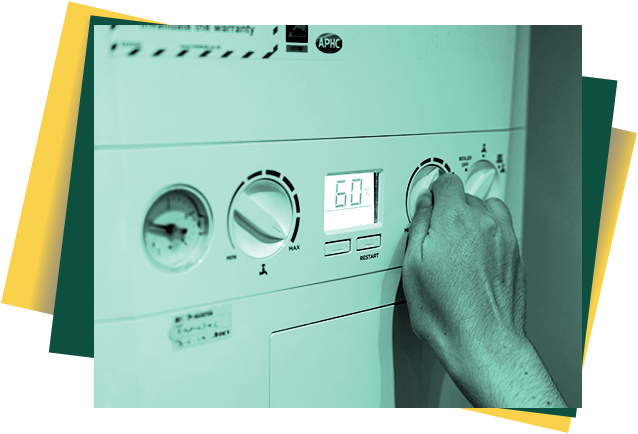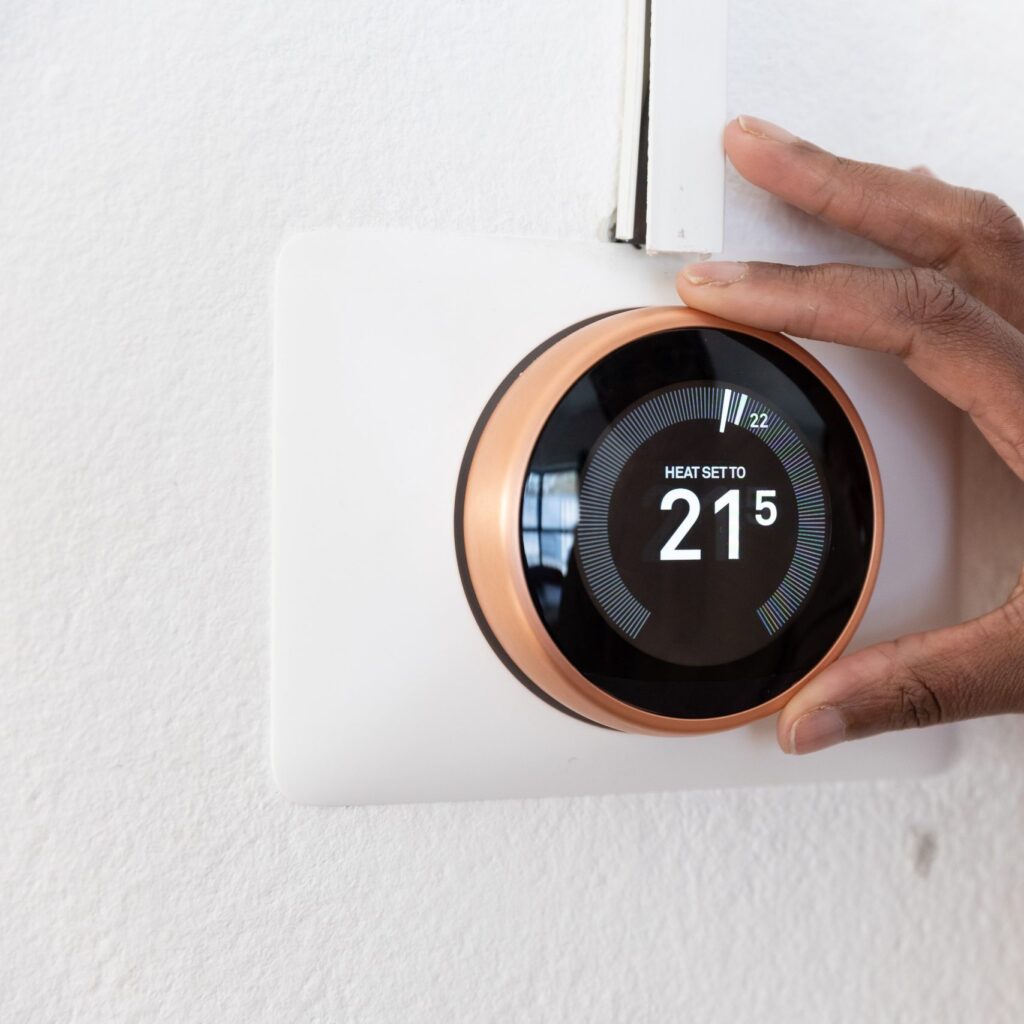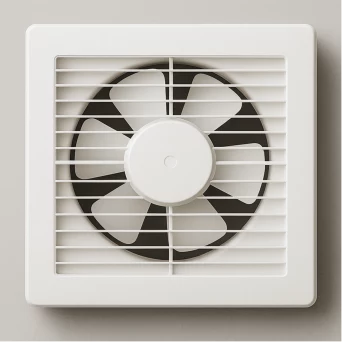As the temperatures cool, we are once again thinking about how to keep our homes and buildings warm and energy costs down. Through Eastside People Power, we’ve been working with our Warm Home Champions and Bristol Energy Network to learn how we can use energy more efficiently to have comfortable homes and lower bills.
While each home is different, here are some actions that have the biggest impact on most homes without spending loads of money.
Flow temperature
Turning down the flow temperature on your combi boiler to 60°c or below can knock several pounds off your heating bills each year and reduce energy waste from your home.
The flow temperature is the temperature that a boiler heats water up to before it goes around the radiators in your home. Changing the flow temperature on a combi boiler will not affect the temperature of the hot water from your taps and showers. Many combi boilers are burning more gas, generating more carbon emissions and costing households more than they need to. People could be saving energy and money simply by ensuring their boiler is running as efficiently as possible. But many people aren’t aware they can change their boiler settings.
Visit moneysavingboilerchallenge.com for a step by step guide on how to do this for your specific boiler type.

Heating controls
Room thermostats are usually found in a hallway or sitting room. Their job is to measure the temperature in the house and send a signal to the boiler telling it to switch off when the house is warm enough.
Check your heating controls to make sure the times are correct and that it is programmed to be on when you need it. Set your heating temperature to between 18 and 21 degrees, this will either be on your thermostat or heating control panel. You may want to set different times at weekends and remember to turn it off when you go away. You can often control the temperature of individual radiators. You might want to set these to low in rooms you don’t use very often. Remember you can close doors to keep rooms warm and keep cold out.

Ventilation
Ventilate your home to keep it dry, warm and healthy. It’s important to keep your home ventilated in order to provide fresh air, remove pollutants and regulate moisture levels. It can also help tackle damp, mould and condensation.
Use extractor fans found in bathrooms and kitchens if you have them. They are usually controlled by a light switch, a timer or humidity sensor and they’re relatively cheap to use. Make sure air bricks aren’t covered and fans are clear. Don’t dry your clothes on radiators. Dry clothes outside, if you can, (or open the window in rooms where clothes are drying) and put lids on pans when cooking. You may have trickle vents on your windows that you can leave open or keep your window slightly ajar. Especially in the bathroom and kitchen. Even in the winter, it’s advisable to do this for a short time every day.

Know where the biggest savings can be made If you know where the biggest savings can be made you don’t have to sweat the small stuff. here are some example of where you can save the most.
- Try to have showers rather than baths and if you can keep them to under four minutes, especially if you have an electric shower.
- If you use your tumble dryers three times a week you are looking at a monthly cost of around £48. Reduce the amount you use it if you can. For example, heavy things like bedding and towels could be dried outside and finished off in the dryer.
- Wait until dishwashers and washing machines are full before using and select low temperatures, most clothes will clean at 30 degrees. Eco settings may take longer but will cost you less.
- Your oven also uses a lot of energy so try to plan meals and batch cook. Microwaves are much more energy efficient, especially for small meals and reheating left overs.
- Hair dryers, electric heaters and kettles use lots of electricity too, you can make savings by reducing the time you use them.
We’ve made two videos demonstrating two of the most effective DIY draught-proofing techniques to help stop heat escaping from your home.



